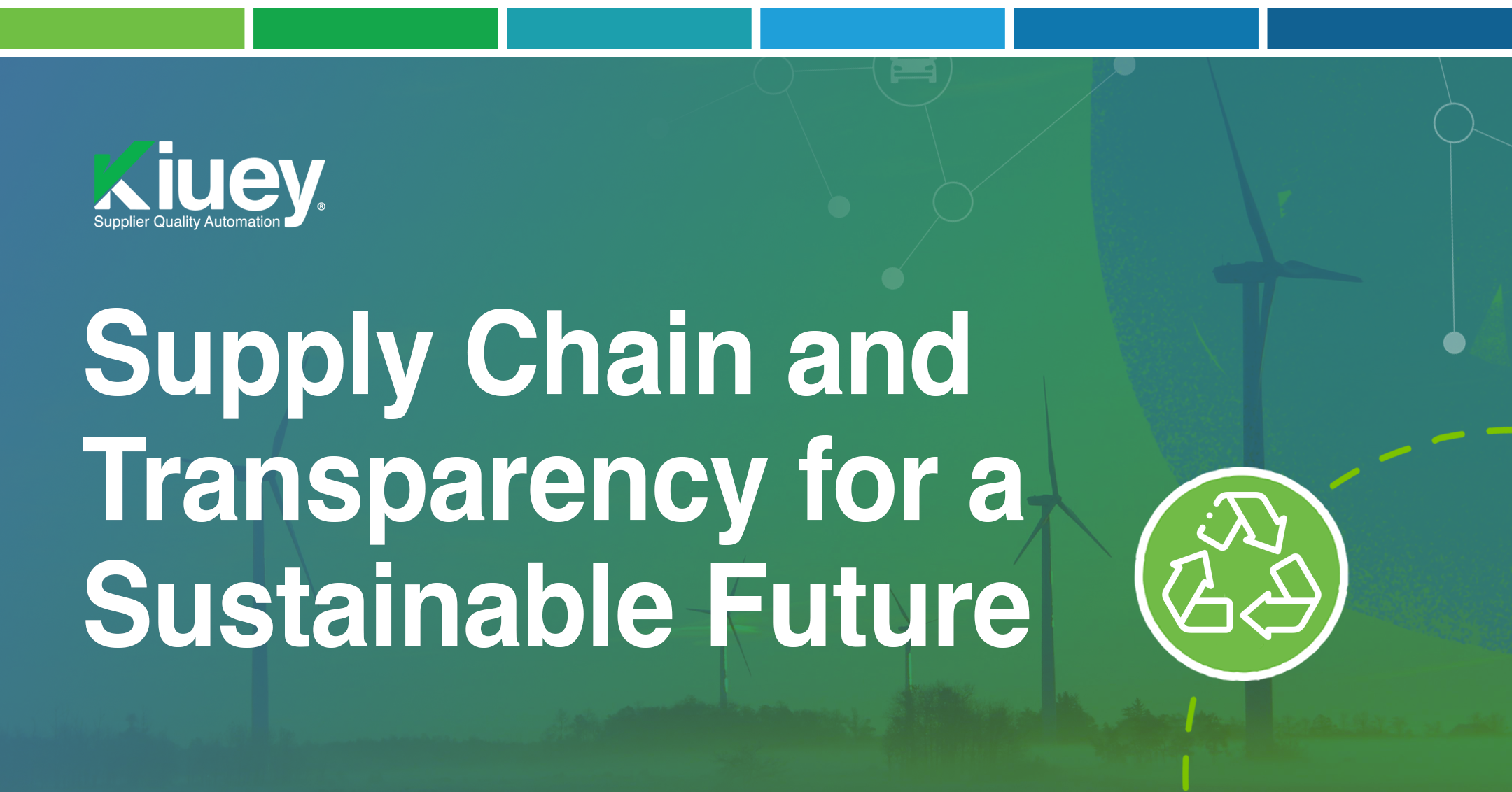Supply Chain Transparency Towards a Sustainable Future
Supply chain transparency is a critical component of modern business practices, particularly as concerns about environmental impact grow. By understanding the entire journey of a product, from raw material extraction to final consumption, companies can identify and mitigate their environmental footprint.
The Environmental Impact of Supply Chains
Supply chains are responsible for a significant portion of global greenhouse gas emissions and other environmental impacts. Factors such as deforestation, water pollution, and waste generation can be traced back to various stages of the supply chain. By increasing transparency, companies can pinpoint these areas of concern and take steps to reduce their environmental impact.
The Benefits of Supply Chain Transparency
- Reduced Environmental Impact: By understanding the environmental footprint of their supply chains, companies can identify areas for improvement, such as reducing waste, conserving water, and minimizing carbon emissions.
- Risk Mitigation: Transparent supply chains enable companies to identify and address potential environmental risks, such as supply chain disruptions caused by natural disasters or climate change.
- Enhanced Reputation: Consumers are increasingly demanding products that are ethically and sustainably produced. Transparent supply chains can help companies build a positive reputation and attract environmentally conscious consumers.
- Regulatory Compliance: By understanding the environmental regulations that apply to their supply chains, companies can avoid costly fines and penalties.
How to Enhance Supply Chain Transparency
- Technology Adoption: Blockchain technology can be used to track the movement of products and materials, ensuring transparency and accountability.
- Supplier Audits and Assessments: Regular audits and assessments can help identify and address environmental risks within the supply chain.
- Collaboration with Suppliers: Building strong relationships with suppliers and encouraging them to adopt sustainable practices can help reduce the overall environmental impact.
- Data-Driven Decision Making: Analyzing data on supply chain performance can help identify areas for improvement and inform decision-making.
- Consumer Engagement: Engaging with consumers and sharing information about the environmental impact of products can build trust and loyalty.
The Future of Supply Chain Transparency
As the global focus on sustainability intensifies, supply chain transparency will become even more crucial. By adopting transparent practices and investing in sustainable initiatives, companies can not only reduce their environmental impact but also gain a competitive advantage in the marketplace. The future of supply chain transparency lies in a combination of technological innovation, regulatory frameworks, and corporate commitment to sustainable practices.
Subscribe to our newsletter.
Your go-to destination for insights, best practices, and innovative solutions in supplier quality assurance.





